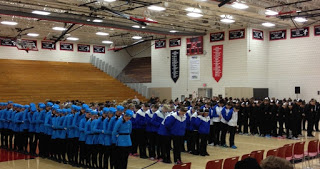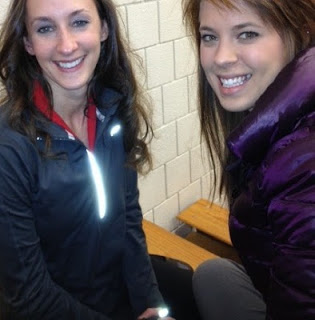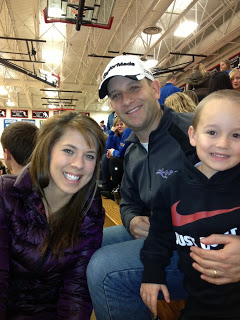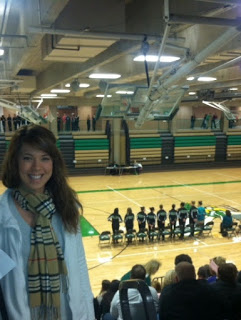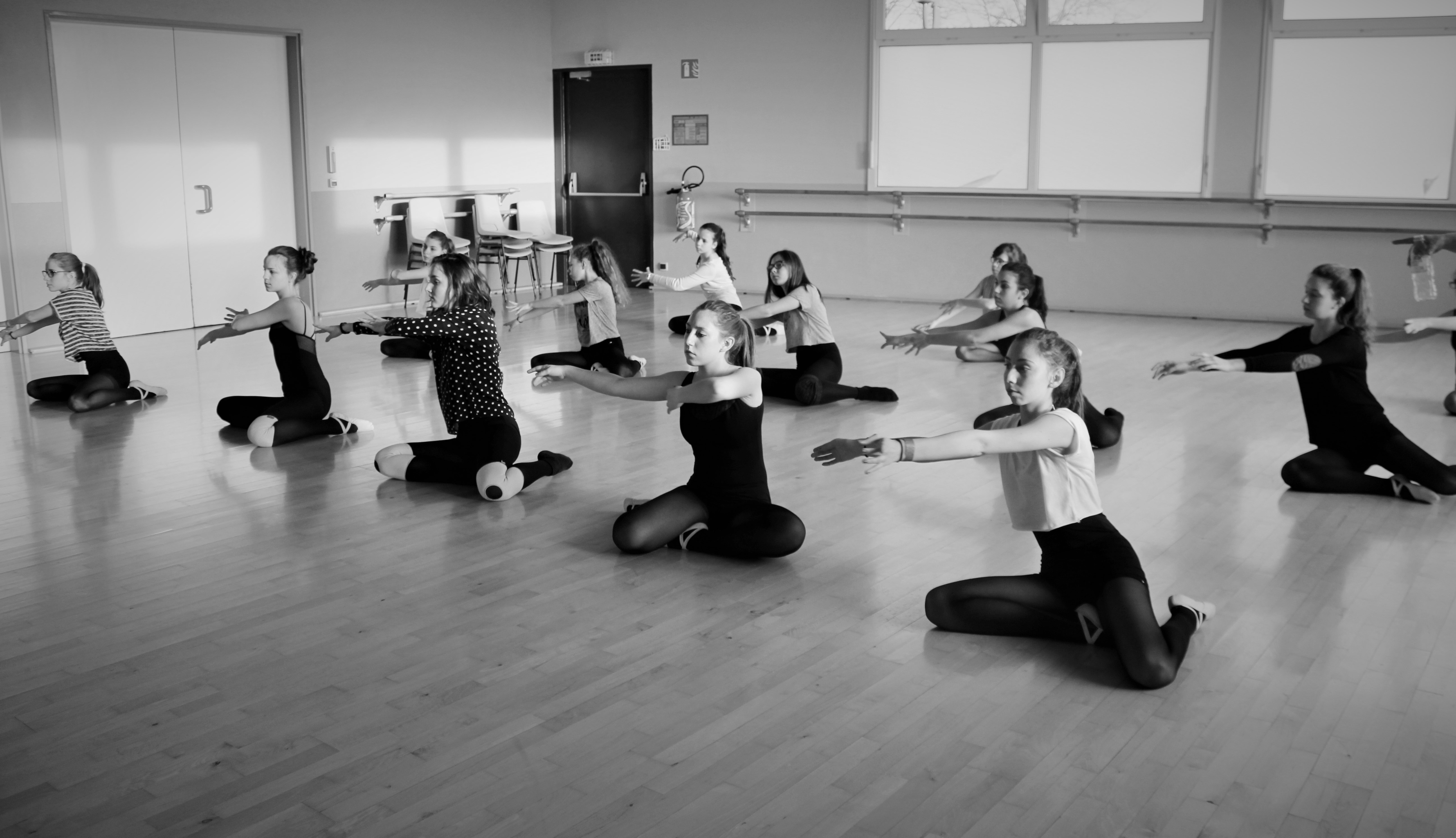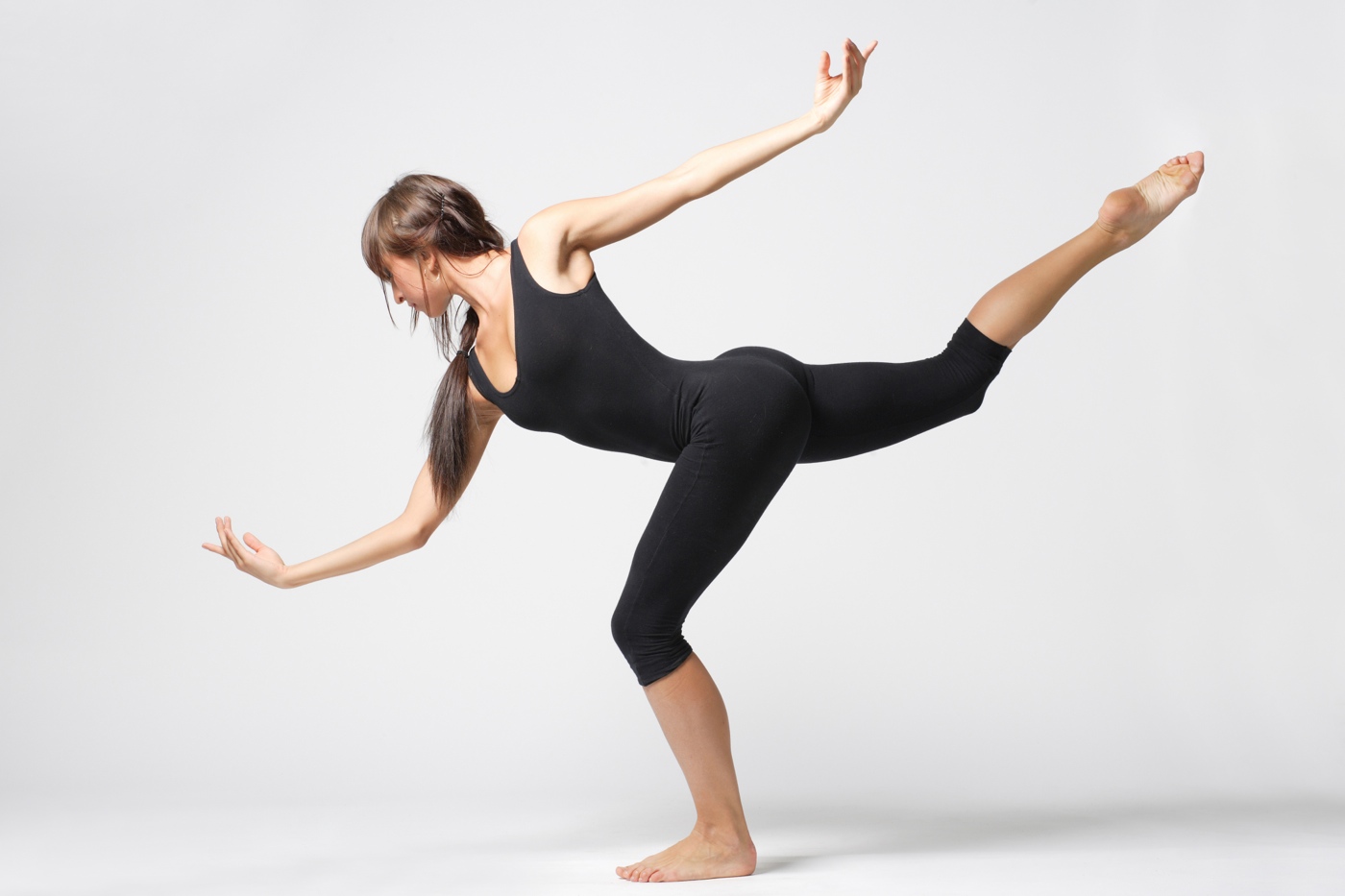
Dancers should be aware of safety and first aid.
With the local competitive dance team season beginning, it is important to understand how to address injuries. Here are the recommendations from the International Association of Dance Medicine and Science. These recommendations could be applied to dance team dancers, studio dancers, professional dancers, and other athletes.
Used the acronym “PRICED” to provide first aid to injuries.
P-Protect the injured area from further harm. Harm can include further exercise, dance, massage, or heat on a newly aggravated injury.
R-Rest. Stop dancing and stop moving the injured area.
I-Ice. Apply ice to the injured area for 20 minutes. Repeat every 2 hours. Note: Do not place ice directly on your skin.
C-Compress. Use an elastic bandage to wrap the injured area to help decrease swelling.
E-Elevate the injured area above the heart as much as possible.
D-Diagnosis. Get the injury evaluated by a medical professional so that you understand what to do, what not to do, and what time frames are involved.
This information is a brief synopsis of “First Aid for Dancers,” a position paper published by the International Association of Dance Medicine and Science.
